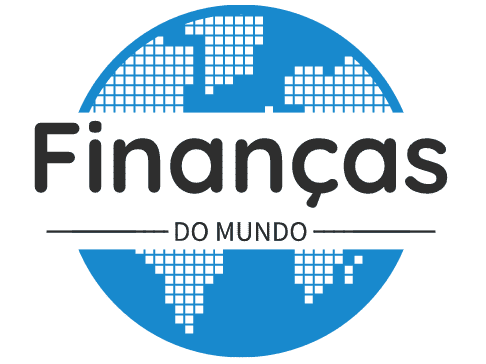The Federal Reserve’s decisions have long been a focal point for financial markets, but their influence extends far beyond Wall Street. As we approach 2025, understanding the impact of the Fed rates, or taxas do Fed, on personal loans is crucial for consumers and investors alike. Interest rate policies not only drive the cost of borrowing but also affect overall economic dynamics.
The policies set by the Federal Reserve can have far-reaching implications, especially when it comes to borrowing. Changes in interest rates can determine the cost and availability of personal loans, which in turn affects household spending, saving behaviors, and broader economic health. In 2025, as we face new fiscal challenges and opportunities.
How Fed rate decisions shape personal loan costs

Decisions made by the Federal Reserve, particularly shifts in interest rates, significantly influence the cost of borrowing money. Personal loans, a popular financial tool for managing expenses, can become more costly when the Fed raises rates. This happens because lenders base their own interest rates on the benchmarks set by the Federal Reserve.
As a result, when the Fed increases rates, banks and financial institutions often pass these costs onto consumers, making new loans more expensive and potentially affecting existing adjustable-rate debts. In other words, changes in these rates directly impact non-secured credit terms.
Understanding the mechanisms of interest adjustments
Interest rate changes affect personal loans through a chain reaction initiated by the Federal Reserve’s monetary policy decisions. When the Fed signals an intention to adjust rates, it influences the financial markets, including banks’ costs for borrowing money from each other. In turn, lenders adjust the rates they offer to consumers.
For many, keeping an eye on economic indicators and Fed announcements can be useful for planning purposes. Those looking to take out personal loans might find it advantageous to secure terms ahead of anticipated rate hikes, while existing borrowers might consider refinancing options to lock in lower rates during periods of monetary easing.
Consumer strategies in times of fluctuating rates
When the Federal Reserve implements rate hikes, consumers naturally need to adjust their financial strategies. Proactive financial planning becomes essential as higher interest rates could lead to increased costs on personal loans and other credit products. Borrowers can explore options such as consolidating debt to secure lower interest rates or opting for fixed-rate loans to avoid future rate increases.
Additionally, building a strong credit score becomes increasingly valuable in a high-interest environment, as lenders may offer better rates to those deemed low-risk. Consumers may also consider reducing dependency on credit by enhancing their savings, thereby lessening the necessity for borrowing during times of rising rates.
Practical tips for managing debt under rising rates
Managing personal loans during periods of increasing interest levels requires strategic action. One effective approach is to prioritize paying off variable-rate debts first, as these are likely to become more expensive with Fed-induced rate hikes. Refinancing existing loans to secure lower fixed rates can also offer stability in monthly payments.
Maintaining a monthly budget focused on reducing discretionary spending can free up additional funds for debt repayment, which is crucial as borrowing costs rise. Additionally, staying informed about economic trends and seeking professional financial advice can provide valuable insights into optimizing personal finances amid a changing rate landscape.
Outlook for 2025 and future implications
As we look towards 2025, the trajectory of Federal Reserve policies and their implications on personal lending remain a dynamic element of the economic landscape. Anticipating the Fed’s next moves and understanding their potential impact on borrowing costs will be key for consumers looking to optimize their financial well-being.
In conclusion, staying informed about Fed rate adjustments can help consumers make smarter financial decisions, particularly regarding loans. By understanding the link between central bank policies and personal loan costs, and by implementing effective credit strategies, borrowers can better navigate the complexities of the financial world in 2025 and beyond.
